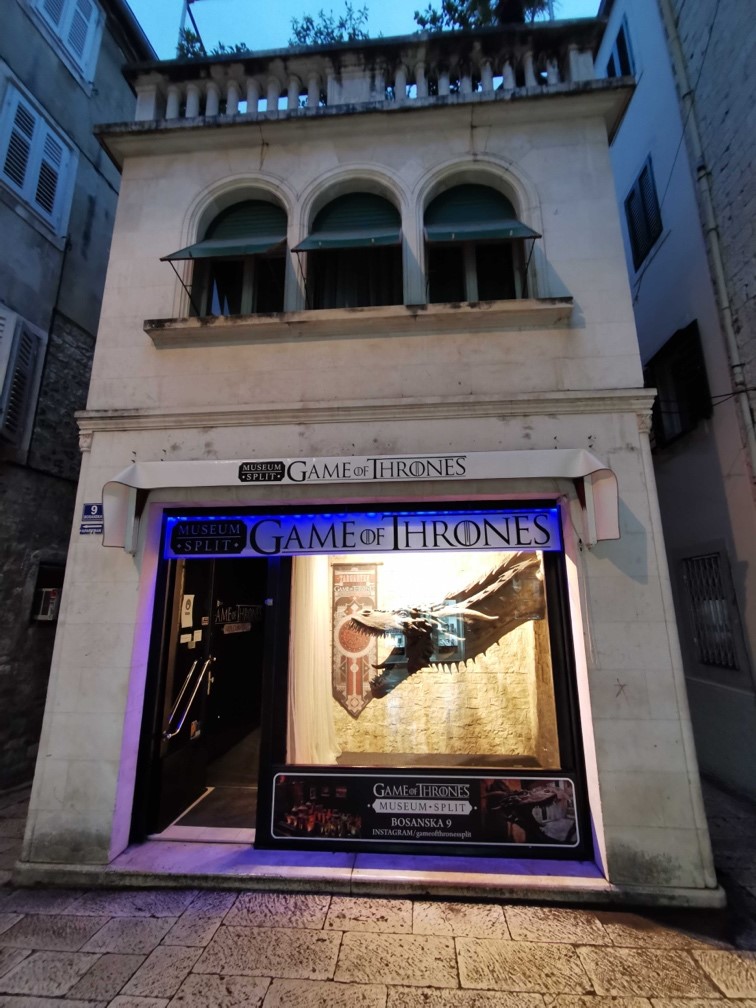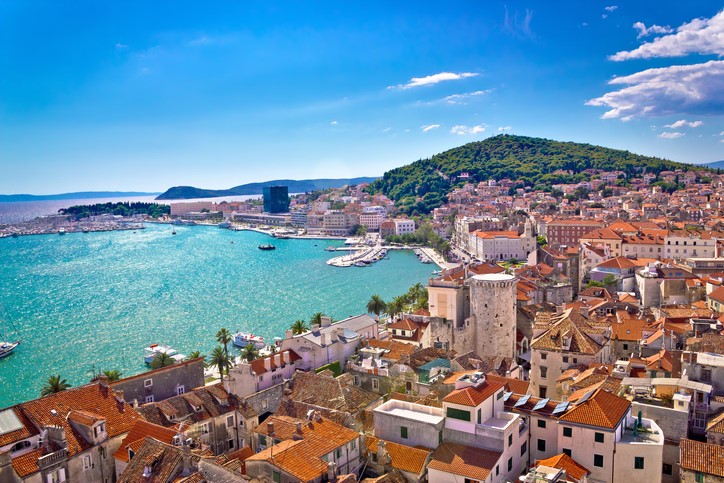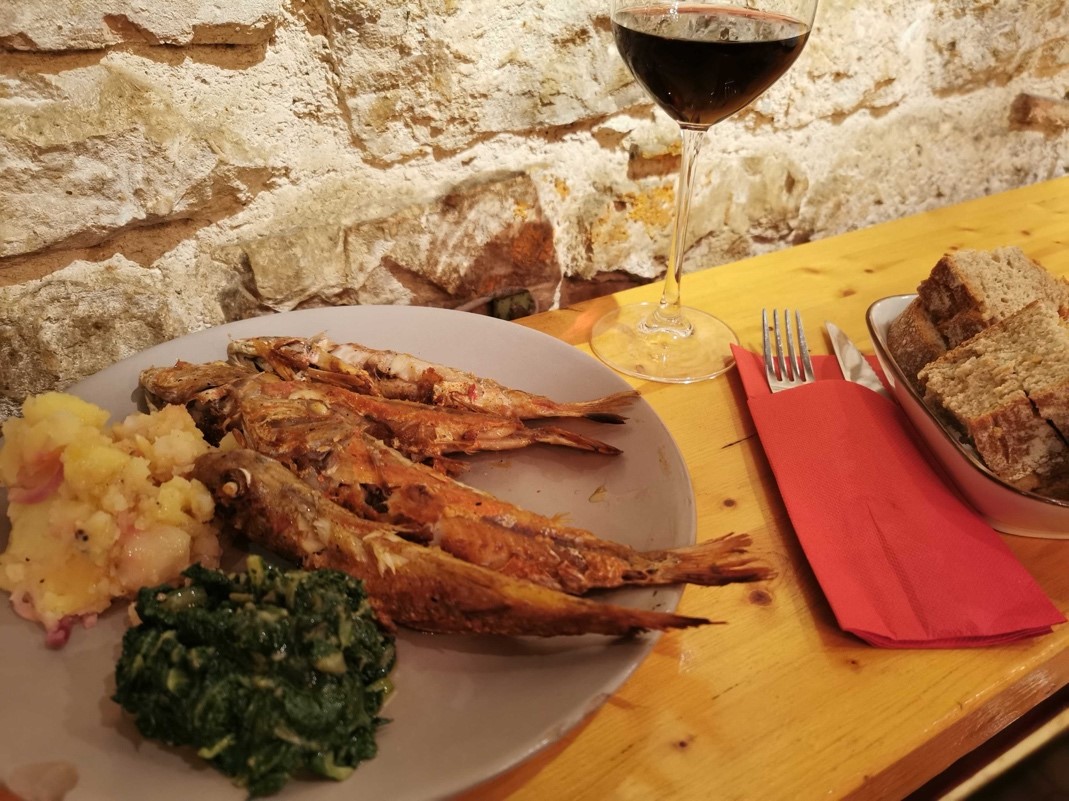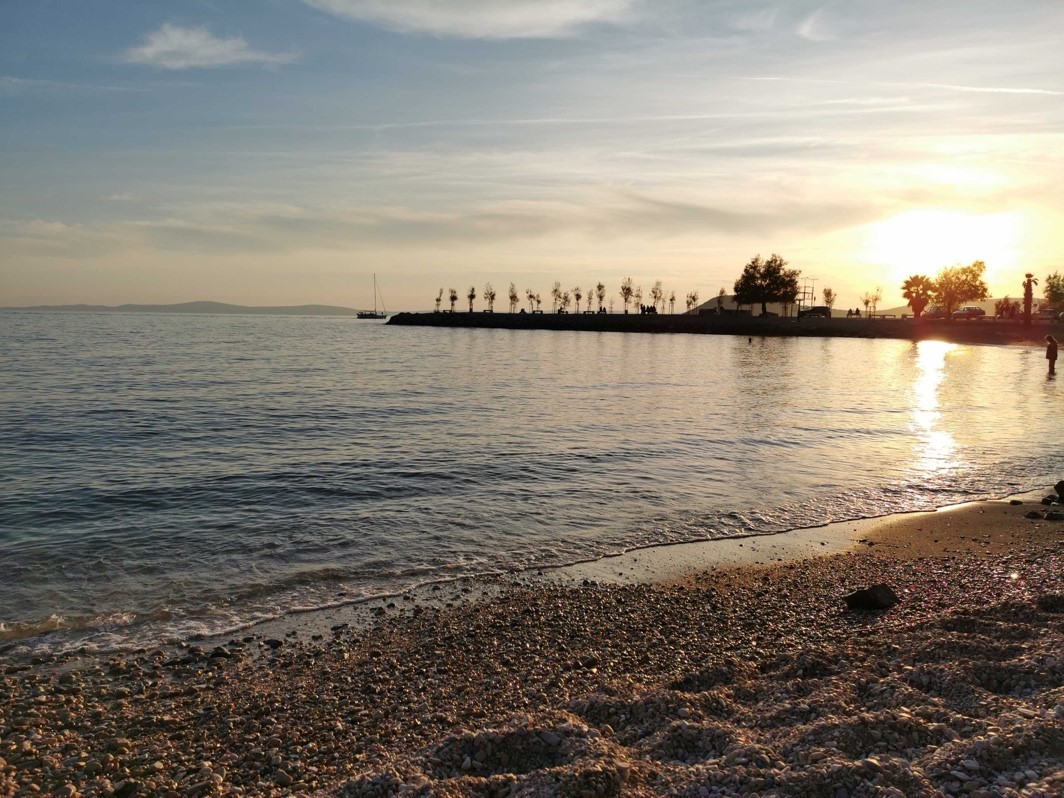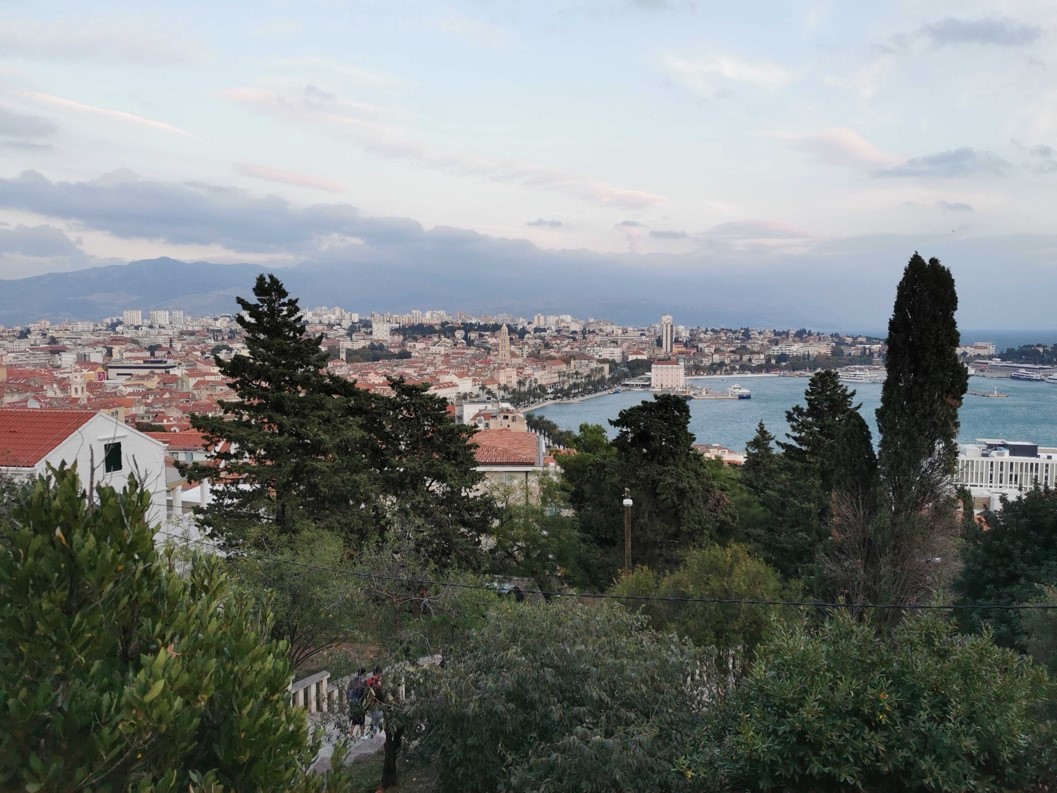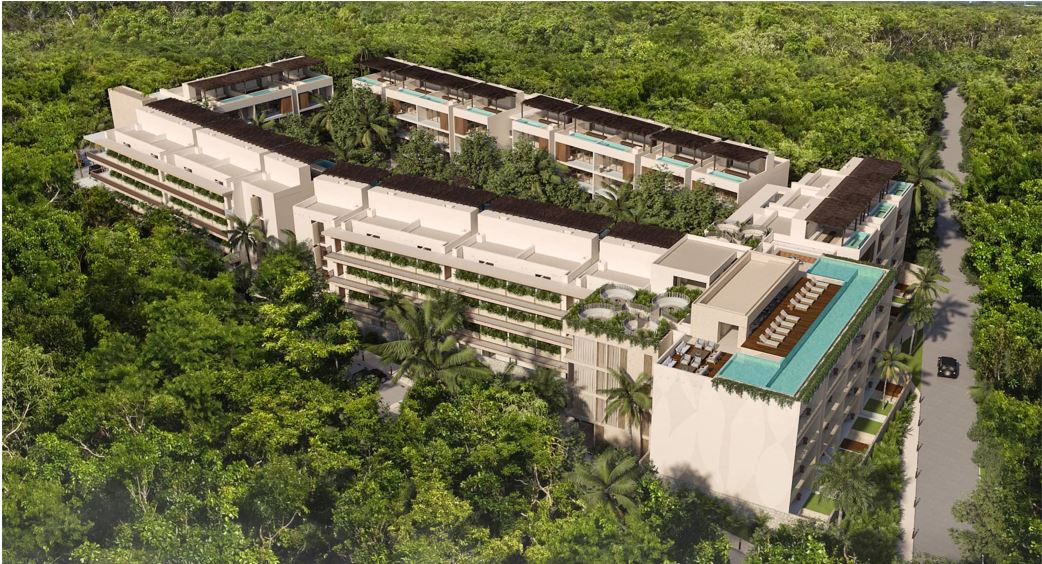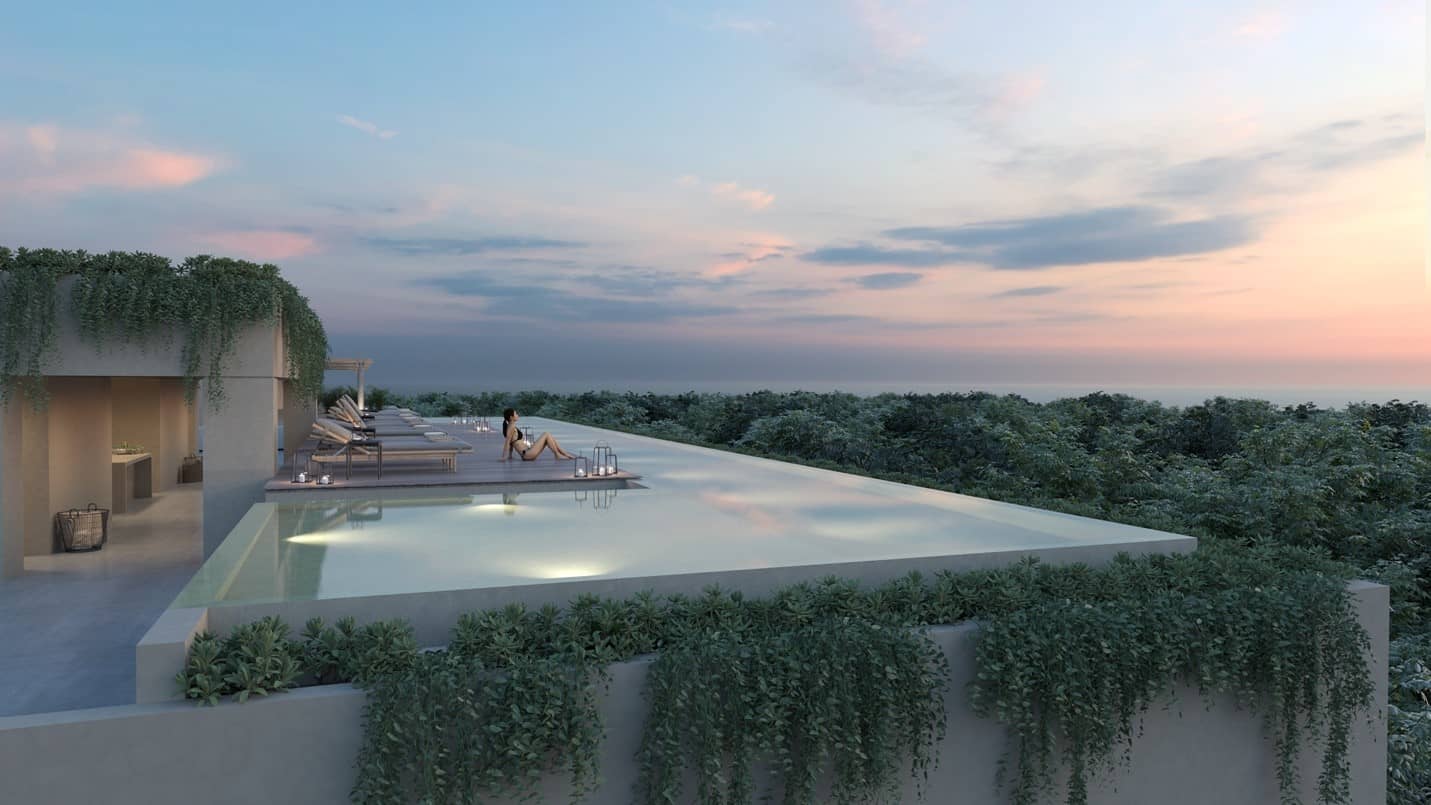Thursday, November 11, 2021
 Dear Your Overseas Dream Home Reader,
Dear Your Overseas Dream Home Reader,
As an international real estate investor, my beat is buying ahead of major transformations.
Few transformations created opportunity like the fall of the Berlin Wall and the Soviet Union. The system in former Soviet countries changed from communist to capitalist in a short space of time.
Institutions were created to Western European standards to permit EU accession. Countries joined…cheap capital flowed…real estate values exploded. Prague…Krakow…Budapest…became chic.
Things in the Balkans were different. And the transition from their Soviet-backed system in Yugoslavia was much uglier.
Croatia came on my radar in the early 2000s as an emerging vacation destination. I flew to Triesta on the Adriatic coast of northern Italy and then drove south along the entire Croatian coast.
I returned in 2005 to scout for real estate opportunity…and again in 2006. This was the great Croatia buying moment. On every trip Split, and the Island of Hvar, a short boat ride away, were my favorite spots.
It’s hard to believe, now, as I dispatch my young scout Paul O’Sullivan there, that his memories of war and ethnic cleansing in the region might be limited to non-existent.
His scouting experience will be a lot different too. Not only is Croatia now criss-crossed by modern highways, he can also get internet everywhere and send me instantaneous updates and videos via WhatsApp. When I visited–and I can hardly remember it now–I guess I made use of a rudimentary digital camera.
But, the job is the same…everything is the same…it’s just a bit easier to communicate with the (virtual) office and you the reader.
Is this our second great Croatian buying moment? I’m excited about Paul’s reports and dissecting and analyzing his research.
His latest stop is the city of Split, Croatia’s second largest city, and perhaps the most important hub town on this side of the Adriatic.
Get his take below…
Wishing you good real estate investing,
|
|
Ronan McMahon, Real Estate Trend Alert
***
Empirical Cabbages on the Adriatic
By Paul O’Sullivan
I look over the terracotta roofs watchfully. This city once hosted fire-breathing dragons. Today, however, I see only a thin layer of cloud drifting slowly through the early-November sky. The only sign that the dragons were ever here is a tiny museum in the city’s Old Town.
|
|
Croatia’s second-largest city, Split, featured heavily in Game of Thrones. The city’s palace doubled as the former slave city of Meereen, and its cellars were where Daenerys’s locked up her dragons.
For me, however, the true history of this city is far more interesting, and worthy of its own eight-season series.
The city was founded by Roman Emperor Diocletian, who built his palace in Split at the end of the 3rd century AD.
This wasn’t any ordinary emperor. Diocletian wasn’t even Roman. He was born locally in a town close to Split from a family of modest means. He then joined the Roman army and through valour and leadership rose through the ranks until opportunity handed him the throne.
Remarkably, he avoided the gruesome faith that awaited most Roman emperors, and remained ruler for 20 years, appointing a co-emperor to reign over the western part of the empire.
Then he did something completely unprecedented…
He abdicated his throne, retired, and spent his remaining years lolling around Split and tending to his garden of cabbages.
Retirement in Split suited Diocletian so well that even when he was begged to return to the throne, he declined, saying: “If you could show the cabbage that I planted with my own hands to your emperor, he definitely wouldn’t dare suggest that I replace the peace and happiness of this place with the storms of a never-satisfied greed.”
That peace and happiness remains in Split to this day. It’s one of the Adriatic’s most vibrant port cities, located in a stunning setting between mountains and sea. And it’s city that’s been steadily growing as one of Dalmatia’s most popular destinations.
|
|
The heart of Split is still the Diocletian Palace.
A few centuries after the emperors’ death, people took refuge here from invading Slavs, building their homes inside its walls. It was ruled by the Venetians during the Early Modern Period for 300 years, even while it was surrounded by the Ottoman Empire. And despite it being a UNESCO World Heritage Site today, it remains crammed with restaurants, bars, cafes, and shops, as well as homes.
Whatever about the history, the wild fusion of cultural influences has given Split a rich food scene. It’s Eastern European but with a distinct Italian twist. You’ll find pasta, gnocchi, and risotto dishes; smoked Dalmatian ham with sheep’s milk cheese; beef stews; and lots of fish.
When I first arrived in the city, I was struck by a strong putrid smell that I thought was seaweed. Only later did I discover that it came from sulphur springs beneath the city, which gives the water here a healing quality and keeps flies away from the fresh fish at the market before it gets to your plate a few hours later…
|
|
Just like Emperor Diocletian, the Dalmatians have a gift for taking it easy. They even came up with a word for it, “fjaka,” which means “the art of doing nothing.” And the best place to do this in Split is on the Riva, the pedestrianized waterfront area lined by cafes, bars, and palm trees.
The Riva was added to the city by the French when they briefly ruled here for seven years during the Napoleonic era. Today it’s the best place in the city to sit with a coffee and people-watch.
Take a 20-minute stroll from the Riva in either direction and you’ll reach numerous peddle beaches. Even on a late November evening you’ll find a few brave sunbathers and swimmers.
|
|
Split is also the best jumping off point on the Dalmatian Coast for visiting islands. Indeed, before it became a tourist attraction in its own right, Split was where people came to catch a ferry to the islands right off the coast.
Brač, the closest and largest island, is said to have one of the most beautiful beaches in the world. While Hvar, the most popular island, is a picture perfect getaway with hillsides thick with lavender and sage. In all, there are regular ferries to at least eight islands.
Since joining the EU in 2013, Croatia’s status as a tourist destination has been on the rise, and an influx of low cost airlines into airports like Split and Dubrovnik has driven numbers through the roof.
In Split proper, tourism has been growing rapidly. In 2019 alone, it had a total of 932,722 tourist arrivals, up over 8% from the previous year. This is in a city of less than 200,000 people.
As such, many of the properties in the historic center have already been converted into Airbnbs. Twenty years ago, you could have bought an apartment inside the Diocletian for the equivalent of about $15,000. It was considered a poor part of the city, and as a port town it was rampant with prostitution and drugs. But what’s incredible is that some of these buildings were constructed from the very stone that once housed the Roman emperor (his palace was recycled into regular homes down through the centuries).
Today, apartments here, even one-bedroom properties, cost about €200,000 and up. Not bad for Europe, but expensive for Croatia.
I came across a two-bedroom with potential. It listed for €250,000, but it had a very unique feature. It was the only apartment that had access to a very large shared terrace, which essentially meant the terrace was all yours. Unfortunately it was gone as soon as I enquired.
There are section of the palace still occupied primarily by locals but, from what I hear, many of them don’t hold a proper deed to their property, it was simply passed down to them.
Like I say, inside the palace walls prices are high. But outside them, within a few minutes’ walk from the historic center, you’ll find good value, and you’ll benefit from better transport access, amenities, and often better views.
For instance, a two-bedroom apartment I came across in the Manuš neighborhood, just a short walk from Diocletian’s Palace, has a large glass wall giving you great sea views and a lot more light that you’d get if you were on a narrow medieval street. It lists for 1,400,434 kn ($215,544).
I also found a small one-bedroom place in the Varoš neighborhood, just west of the historic center. This was the neighborhood where I stayed during my week’s stay and it has the great advantage of being close to the action of the city while also being close to beaches, and a stroll from Marjan Park, a beautiful wooded hill, with great trails and stunning views over the city and out to the islands.
The apartment offers sea views, with access to a balcony, and is listed for €99,500.
|
|
Also in Varoš I found a one-bedroom duplex apartment for €160,000. It’s larger than the apartment above and the house comes with a garden area, however, access terms would need to be clarified.
The time to buy in the very heart of Split has passed. But if you’re looking for a place to have a peaceful and happy Diocletian retirement, close to beaches, great food and nightlife, you can still do very well here by looking a little further out. Split is now firmly on my shortlist for a permanent work-from-home base.
Like what you’re reading?
Send your thoughts to feedback@realestatetrendalert.com. I’ll post and respond to as many of your emails as I can right here in the e-letter. Find out more about our feedback policy here.
Your Comments and QuestionsMartin says: Hi Ronan, I enjoy reading your free newsletter and I like your spirit and approach to finding good deals in real estate. I’ve always been curious about owning a property that can generate some yield and while I may be a year or so away from pulling the trigger I wanted to reach out to you. I notice you spend a lot of time talking about Tulum Mexico, an area that I’m also interested in and while I’m amenable spending the money to join your group I just don’t know if it’s a little premature since I’m not ready to pull the trigger on a purchase for at least another year. However, I would love to see what real estate in Tulum your members were able to purchase and to actually see what the discount was versus the listed price of the units, would that be possible to explore so I could actually gauge just the type of benefit and or savings a RETA member would receive? Thanks so much for all you do. Ronan says: Hi Martin, I’m happy you’re enjoying the e-letter and that you’re on-board with our approach to international real estate—I firmly believe it is the best investment you can make for your money and your lifestyle both. Tulum is a place I love to visit and to write about. It’s the beneficiary of a mammoth Path of Progress making its way down Mexico’s Riviera Maya, and one of the most exciting places on my real estate beat right now. We recently brought members of my Real Estate Trend Alert group an exclusive deal in a development called Samsara in Tulum. We leveraged RETA‘s group buying power, along with a close relationship with one of the region’s top-class developers, to get an incredible off-market deal on condos starting at $198,600. This was $68,685…$88,770 and even $116,781 less than non-RETA buyers would pay for the same condos. The price difference increases as you look at the more high-end units available. The developer hasn’t finalised on a list price yet. That will likely come early next year when remaining inventory is offered to the local market. I expect the condos we could buy for under $200k will have a list price of somewhere in the range of $270-$290,000. The development itself is set to be incredible, nestled amid the jungle with unspoilt views and top-class amenities planned, including a. rooftop terrace with infinity pool, sitting areas, and yoga/meditation deck. You can see for yourself in the developer’s renders below.
Remember, the discounts of $68,685…$88,770 and even $116,781 that RETA buyers got on condos in Samsara were due to the exclusive off-market nature of the deal we negotiated thanks to our group buying power. Only members of Real Estate Trend Alert were able to get in for this price. You can join RETA here to be ready to act on our next such off-market deal.
Connect with us on Instagram
|

